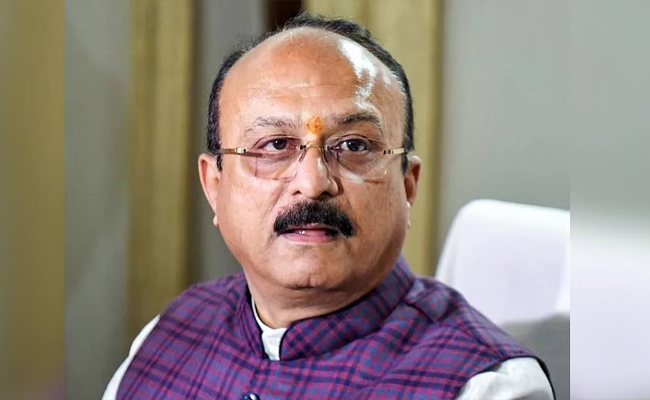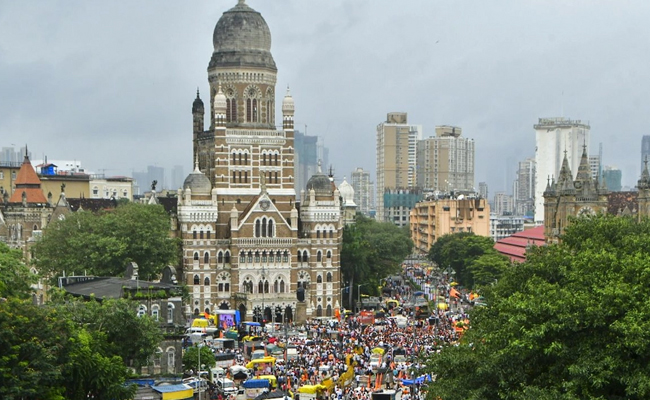New Delhi, Oct 24: Taking hoax bomb-threat messages and calls seriously, the government has started identifying those behind the menace and asked social media platforms like Meta and X to share data on such messages, sources said.
The government has also asked top multinational technology conglomerates to cooperate with it in helping identifying those behind such hoax calls, saying this involves public good.
Top sources said the government has traced some people who were behind hoax bomb-threat calls targeting airlines and that action is being taken accordingly. The government sources did not provide any further details on where these hoax calls and messages came from and who were behind those.
"The government has told social media companies Meta and X to share data pertaining to such hoax calls and messages made on their platforms targeting several airlines and asked them to cooperate," a senior official said.
"They will have to cooperate and provide data since this involves public good at large," he said, when asked whether the social media companies are cooperating with the government or not on the issue.
Several hoax messages and calls targeting a number of airlines were received in the recent past.
An unidentified caller on Wednesday threatened to blow up the Dumna airport at Jabalpur in Madhya Pradesh, which turned out to be a hoax, a police officer said.
On Tuesday alone, around 50 flights, including 13 each of IndiGo and Air India, received bomb threats. Akasa Air got the threats for more than 12 flights and 11 Vistara flights also received the threats, the sources said.
Around 30 flights of IndiGo, Air India and Vistara got bomb threats on Monday night, they added.
In nine days, more than 170 flights operated by Indian carriers received bomb threats, mostly through social media, that also forced the diversion of some international flights.
Let the Truth be known. If you read VB and like VB, please be a VB Supporter and Help us deliver the Truth to one and all.
New Delhi (PTI): The Delhi Police on Wednesday said it had recorded statements of eyewitnesses and begun collecting evidence in connection with the alleged assault on a passenger by an off-duty Air India Express pilot at the Indira Gandhi International (IGI) Airport here.
Police said the complainant was called on Tuesday to record his statement, collect evidence, and medical checkup.
A counter-complaint has been received from the pilot, and an inquiry into that is underway, a police officer said.
ALSO READ: Private schools in Delhi to form fee fixation committees by Jan 10: Education Minister Sood
CCTV footage from multiple cameras installed in and around the security area of Terminal 1 is being collected and examined to reconstruct the sequence of events, the officer said.
An FIR was registered under sections 115 (voluntarily causing hurt), 126 (wrongful restraint) and 351 (criminal intimidation) of the Bharatiya Nyaya Sanhita (BNS) after police received a complaint via email from the victim, Ankit Dewan, on Monday.
As it happened, on December 19, Dewan claimed he was physically assaulted near the Terminal 1 security checkpoint by Air India Express captain Virender Sejwal, who was off duty at the time and travelling as a passenger.
According to the complaint, the altercation began after Dewan objected to some airline staff members allegedly jumping the queue.
He said the pilot abused and assaulted him in public view over the objection, causing injuries and traumatising his seven-year-old daughter, who witnessed the incident.
In a subsequent statement, Dewan said a CT scan confirmed a displaced fracture of his left nasal bone.
Air India Express said it was aware of the incident and that the accused pilot had been removed from official duties with immediate effect pending an internal investigation.





